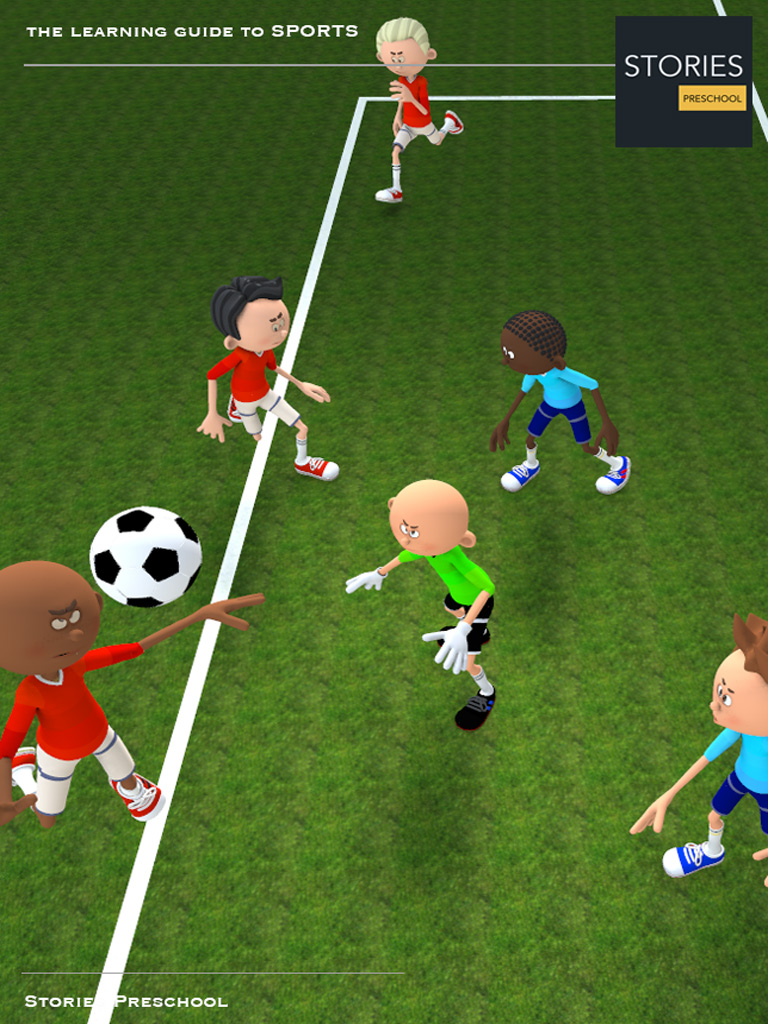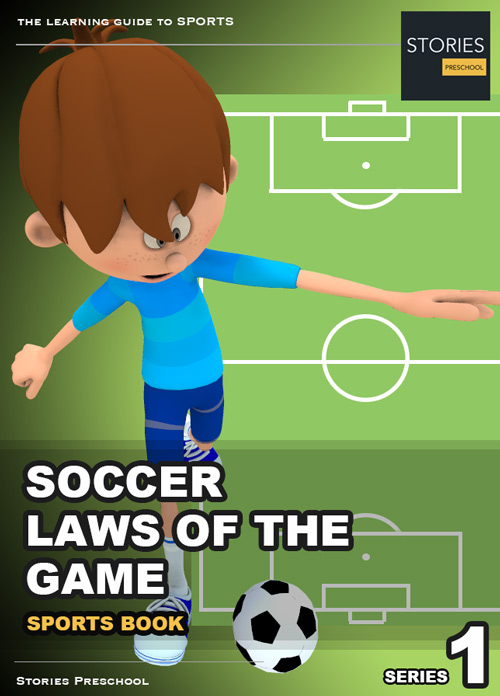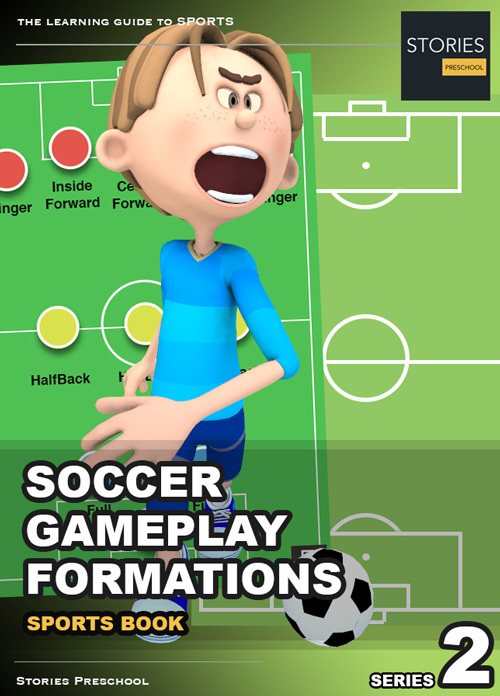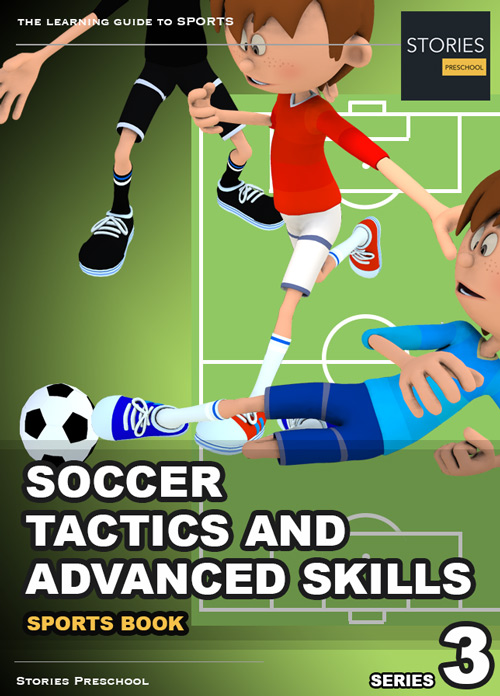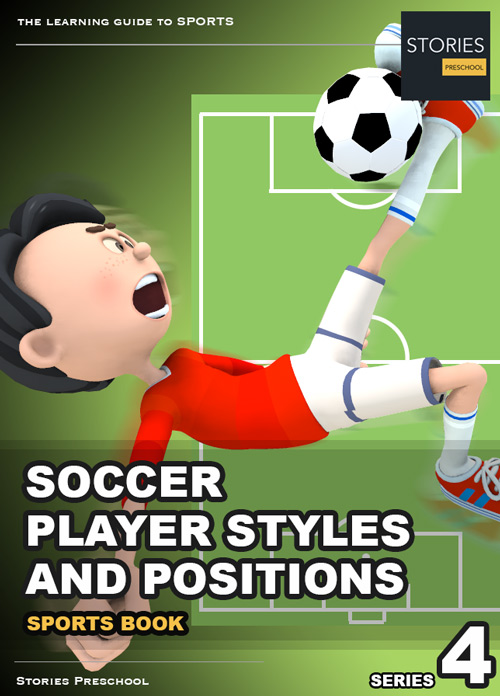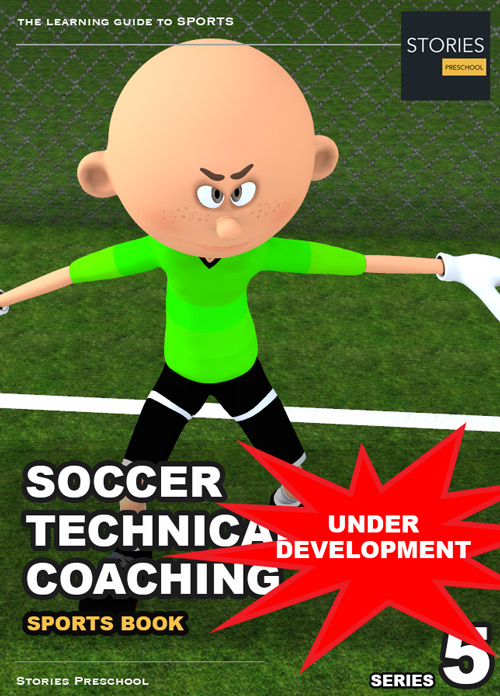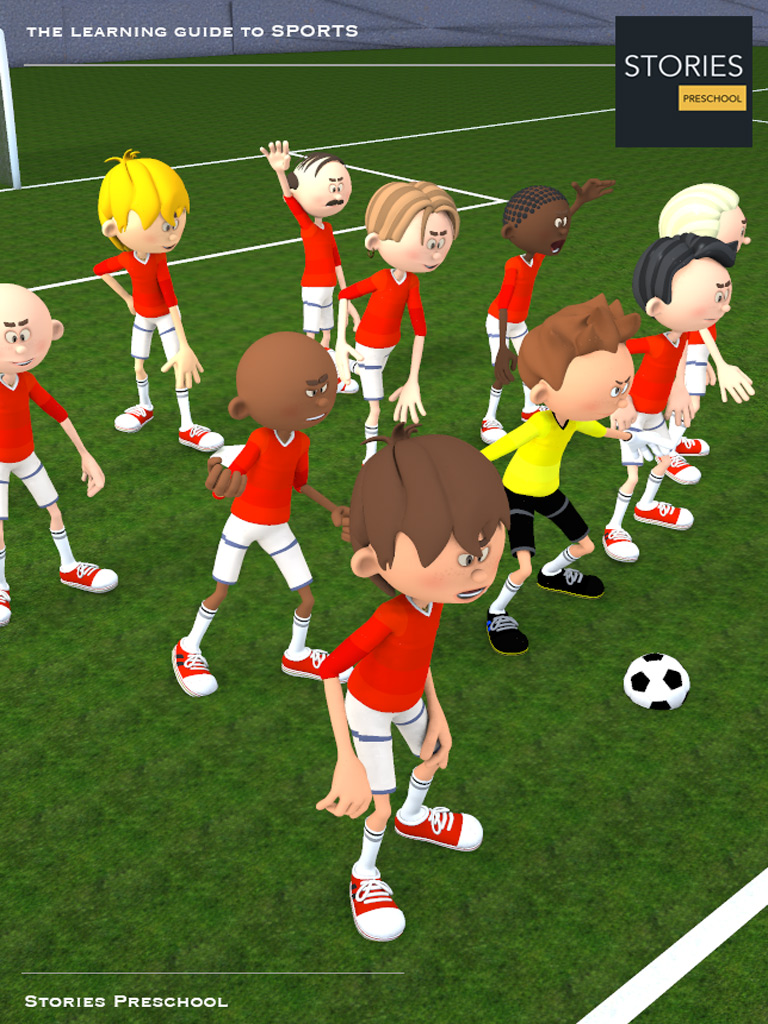Soccer
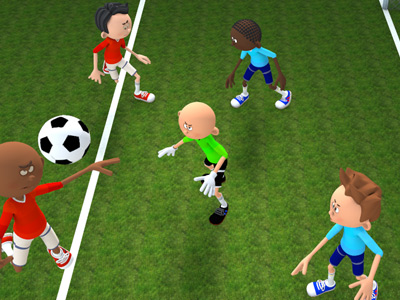
4–2–4 Formation
The 4–2–4 formation attempts to combine a strong attack with a strong defense, and was conceived as a reaction to WM's stiffness. It could also be considered a further development of the WW. The 4–2–4 was the first formation to be described using numbers.
While the initial developments leading to the 4–2–4 were devised by Márton Bukovi, the credit for creating the 4–2–4 lies with two different people: Flávio Costa, the Brazilian national coach in the early 1950s, as well as another Hungarian, Béla Guttman. These tactics seemed to be developed independently, with the Brazilians discussing these ideas while the Hungarians seemed to be putting them into motion. The fully developed 4–2–4 was only "perfected" in Brazil, however, in the late 1950s.
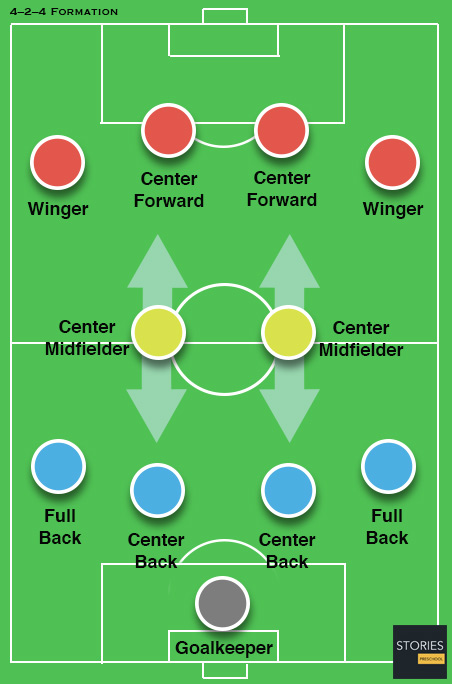
Costa published his ideas, the "diagonal system", in the Brazilian newspaper O Cruzeiro, using schematics as the ones used here and, for the first time ever, the formation description by numbers as used in this article. The "diagonal system" was another precursor of the 4–2–4 and was created to spur improvisation in players.
Guttmann himself moved to Brazil later in the 1950s to help develop these tactical ideas using the experience of Hungarian coaches.
The 4–2–4 formation made use of the players' increasing levels of skill and fitness, aiming to effectively use six defenders and six forwards, with the midfielders performing both tasks. The fourth defender increased the number of defensive players but mostly allowed them to be closer together, thus enabling effective cooperation among them, the point being that a stronger defense would allow an even stronger attack.
The relatively empty midfield relied on defenders that should now be able not only to steal the ball, but also hold it, pass it or even run with it and start an attack. So this formation required that all players, including defenders, are somehow skillful and with initiative, making it a perfect fit for the Brazilian player's mind. The 4–2–4 needed a high level of tactical awareness, as having only two midfielders could lead to defensive problems. The system was also fluid enough to allow the formation to change throughout play.
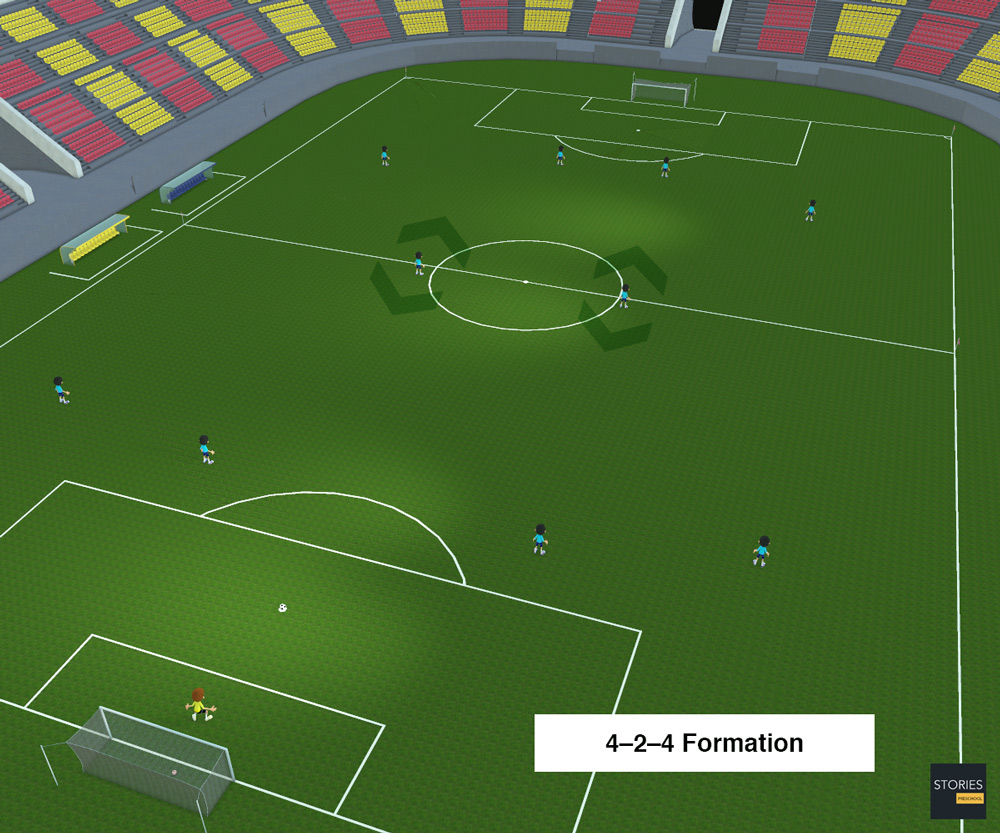
4–2–4 was first used with success at club level in Brazil by Palmeiras and Santos, and was used by Brazil in their wins at 1958 World Cup and 1970 World Cup, both featuring Pelé, and Mário Zagallo, the latter of which played in 1958 and coached in 1970. The formation was quickly adopted throughout the world after the Brazilian success. Under the management of Jock Stein, Celtic won the 1966–67 European Cup and reached the final of the 1969–70 European Cup using this formation.
SPORTS
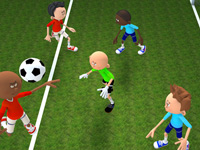
RESOURCES
This article uses material from the Wikipedia articles "Association football" and "Formation (Association football)", which is released under the Creative Commons Attribution-Share-Alike License 3.0.
© Stories Preschool. All Rights Reserved.
